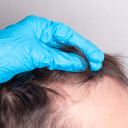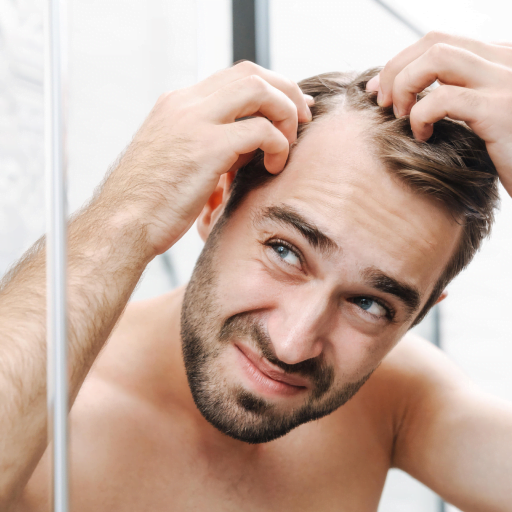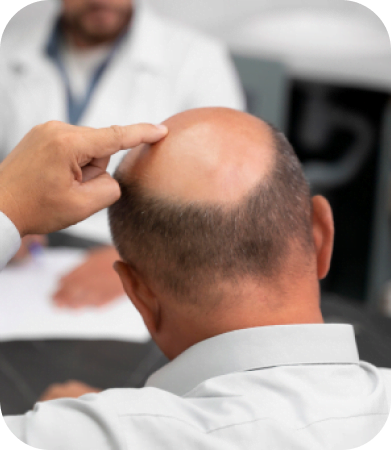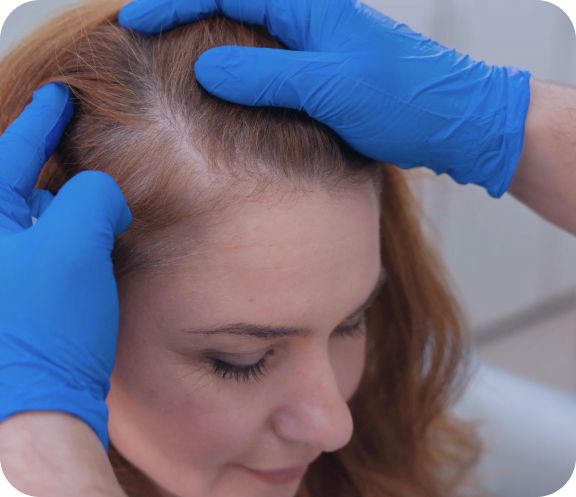Minoxidil (Rogaine) for Hair Loss
Many people who experience hair loss problems may wish to use an over-the-counter (OTC) solution called minoxidil, popularly known by its brand name, Rogaine.
During the early 1950s, the Upjohn Company developed minoxidil as a potential treatment for ulcers. After several tests, researchers discovered that minoxidil did not effectively treat or cure ulcers. Instead, clinical trials revealed that minoxidil functioned as a vasodilator, opening blood vessels and permitting blood to flow more freely.
During the late 1970s, the FDA authorized this compound to be distributed as Loniten in oral pill form. Since this time, Loniten has become the preferred treatment for patients with high blood pressure.
Through various tests and research, researchers further discovered that Loniten had a curious side effect, promoting additional hair growth.
Researchers sought a new patent for the drug, which was eventually granted. The FDA later approved the drug to be sold via prescription as Rogaine in 1988, used primarily as a topical solution for hair loss in males.
In 1991, drug developers formulated minoxidil for women. In 1996, Rogaine received approval for sale as an over-the-counter (OTC) drug. Today, Rogaine is well accepted as an OTC drug for hair loss treatment.
Is Rogaine as effective as Propecia? What distinguishes it from Propecia?



